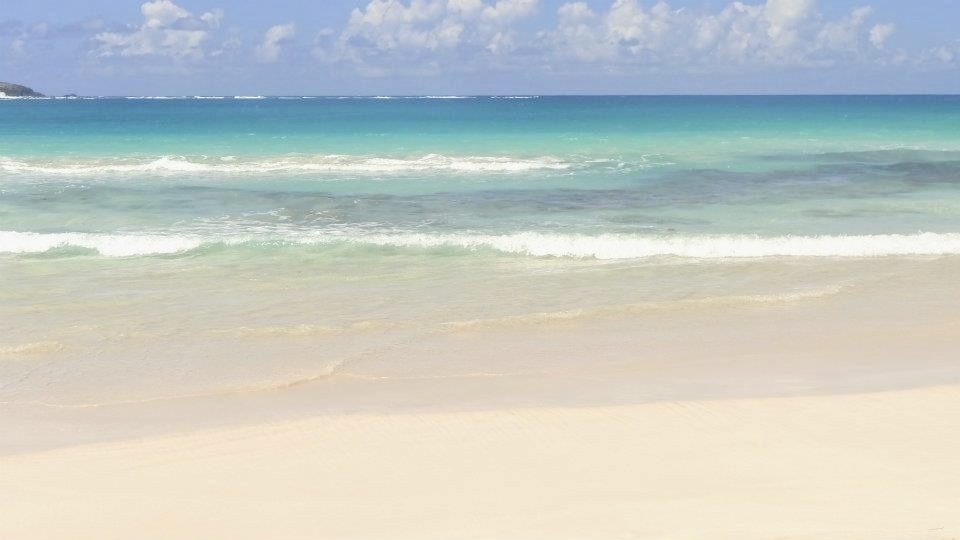
Culebra: Flamenco Beach and Playa Tamarindo
Beloved the world over for its powdery white sand beaches and low-key pace of life, the island a paradise retreat and one of the Caribbean’s best kept secrets. Its most notable beach—Playa Flamenco—is often regarded as one of the best in the world. And still, it remains largely unadulterated by development and mass tourism.
In a region where unfettered development and over-tourism run ripe, Culebra is a rare and shining exception. There are no big hotels, no golf courses, no rowdy cruise ship ports, and no generic fast food chains.
Instead, it boasts a laid-back and local feel dominated by small mom and pop business and some of the best beaches in the Caribbean.
CULEBRA ISLAND
Culebra is a small Puerto Rican island with 3,000 inhabitants. It lies 27km off the eastern coast of Puerto Rico, in what some people call the Spanish Virgin Islands.
In many ways, it is the antithesis to the hustle and bustle of urban America. All around Culebra, chickens roam freely, resorts are virtually non-existent, and local life continues on “island time.”
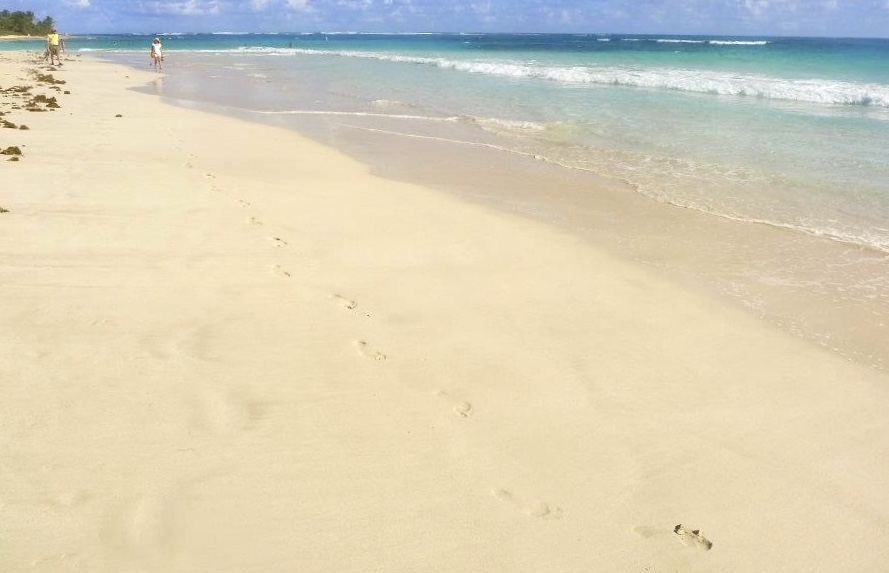
It is a small paradise island where mass tourism and American-style consumerism have yet to take hold, and where blissfully crowd-free beaches are the norm rather than the exception.
FLAMENCO BEACH IN CULEBRA
Playa Flamenco is the epitome of a picture perfect beach, where bright turquoise waves wash up on pearly white sand. Like Shoal Bay Beach in Anguilla, Seven Mile Beach in Jamaica and Veradero Beach in Cuba, Playa Flamenco showcases the Caribbean at its best.
When Dan and I visited Culebra, we couldn’t help but wonder how crowded the beach would have been if it were located in Florida or California. A location so beautiful is worthy of far more travelers than it receives. Then again, of course I did not complain. Much of the beauty of Playa Flamenco is its relative tranquility.
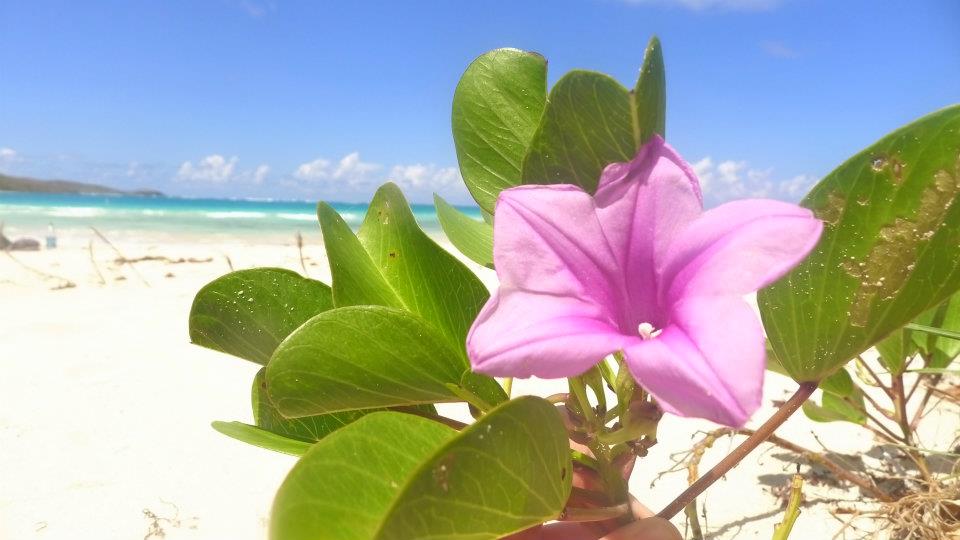
At the far end of Playa Flamenco is an old military tank that lies stuck in the sand. Though it seems out of place, the tank is a reminder of the US military presence in Puerto Rico–and on Playa Flamenco in particular.
It seems so paradoxical that a beach heralded for its beauty nowadays, was once the target of military bombing practices. In the early 1900s, the US Navy claimed Puerto Rico’s eastern islands of Vieques and Culebra as military bases. President Roosevelt threatened to evict Culebra’s residents to expand its marine base. The island became the target of missiles and live-fire exercises.
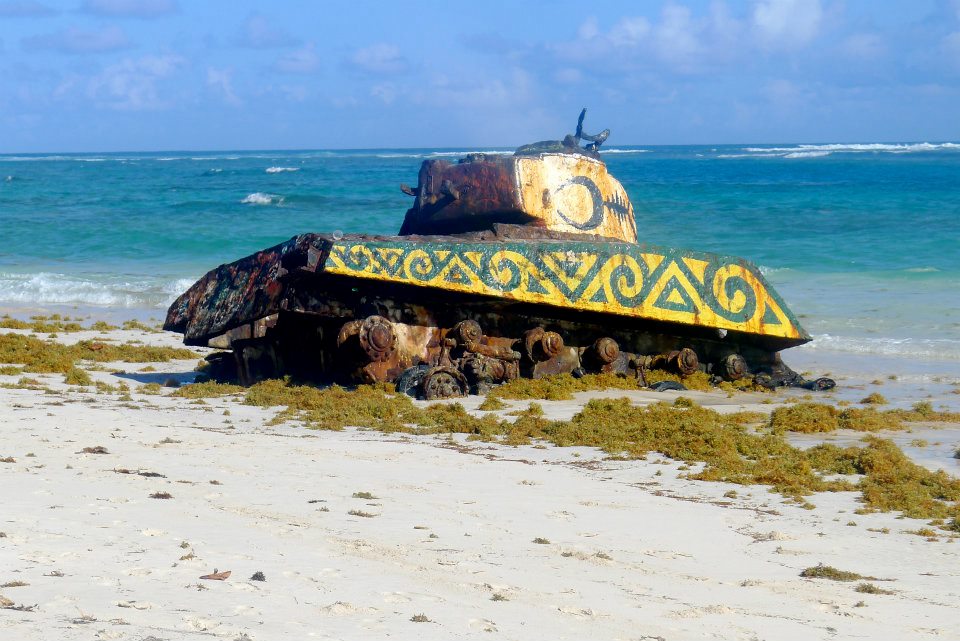
The missile testing resulted in a littering of unexploded bombs and toxic waste throughout the island and a population that has become disillusioned with the island’s position as a US Commonwealth state. An outraged local government and citizens in Culebra were finally able to oust the US military in 1975.
Water sources and soil became contaminated and the lingering toxicity has posed health problems to the islands’ residents.
PLAYA TAMARINDO IN CULEBRA
On our second day in Culebra, Dan and I decided to hike over the ridge from our campground to a smaller, more secluded beach called Playa Tamarindo. Playa Tamarindo is known for its spectacular coral reef. We rented snorkeling gear, bought an underwater camera and spent the day admiring the impressive underwater vegetation and brightly colored fish.I was absolutely in awe of the underwater world.
The highlight of our afternoon, was spotting a sea turtle swimming amidst the colorful coral.
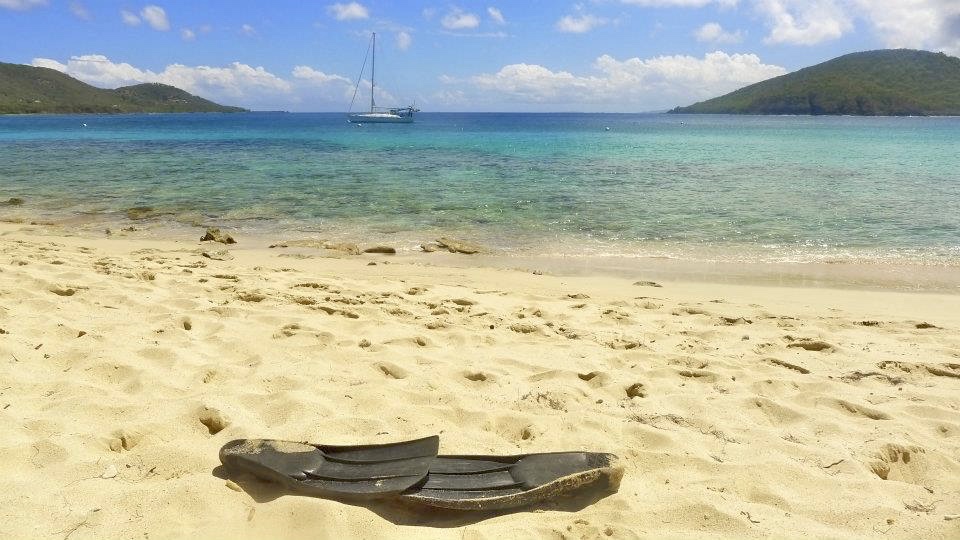
Unfortunately, I was unable to capture pictures of the reef with my underwater camera. Though I was incredibly excited about my pictures when I went to develop them, I was disappointed that they all turned out blurry, bright blue and 90 degrees lower than the angle I tried to capture. To my dismay, the pictures I took of the turtle just wound up being images of floating legs.
Just as I was unable to capture images of turtles in Oman, my experience swimming with a sea turtle and tropical fish in Culebra will have to be kept alive in my memory.
FERRY FROM MAINLAND PUERTO RICO TO CULEBRA
When we traveled to Culebra in 2012, we had the option to reach the island by plane or boat. Boats left from Fajardo–one of Puerto Rico’s eastern gateways and home to the infamous bioluminescent bay.
Since my visit, however, a few things have changed a bit. The Fajardo-Culebra ferry is no longer running. Instead, ferries to Culebra and Vieques leave from Ceiba. The ferry from Ceiba to Culebra costs $2.50 each way and connects the islands eight times daily.
Like the old ferry terminal at Fajardo, the Ceiba port offers car parking for $5 per day.
CAMPING ON PLAYA FLAMENCO
Camping is a popular way to experience Culebra on a budget. The island’s only campsite sits at the North Shore of Flamenco Beach, just a stone’s throw from one of the most beautiful beaches in the world.
After docking on Culebra, Dan and I hopped on a bus from the ferry terminal to the infamous Playa Flamenco. The bus driver promised to take us to Flamenco Beach, where we would spent two nights camping. So, after a hair-raising yet hysterical ride complete with strobe lights, a drunk driver and a pole-dancing passenger, we rolled up to Playa Flamenco and set up camp for the night.
The campsite at Playa Flamenco has good facilities and food options. Staying the night near the stretch of powdery sand costs $20 per tent.
****
Culebra has all the ingredients of an ideal island getaway. It boasts soft white sands, warm azure waters, and balmy weather year-round.
In a world where stressed-out living has become the norm, visiting Culebra is the perfect cure.
And best of all, travelers from mainland America don’t even need a passport to visit.


